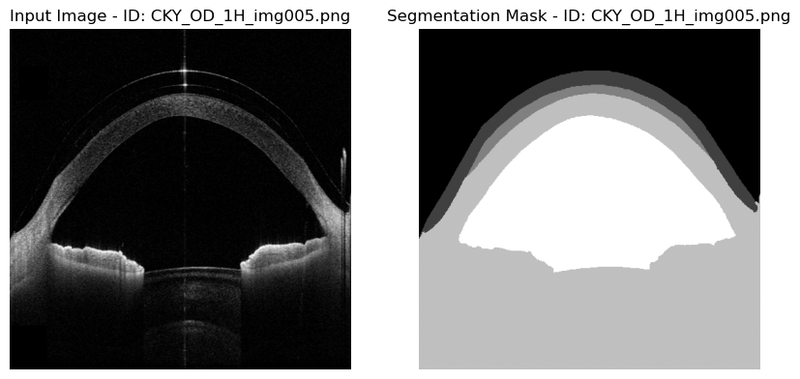Dry Eye

Dry eye syndrome is a widespread condition that impacts millions of individuals worldwide, contributing to discomfort, vision impairments, and diminished quality of life. The importance of timely diagnosis and effective monitoring of tear film quality cannot be overstated, as they are essential for managing this troubling condition. Our research introduces a novel technique for rapid tear film quality analysis, significantly improving the accuracy and efficiency of dry eye diagnosis. We classify four unique tear film patterns: amorphous (the most stable), breakup (associated with increased evaporation and diminished stability), closed meshwork (reflecting average stability), and open meshwork (characterized by thin coverage susceptible to discontinuity).